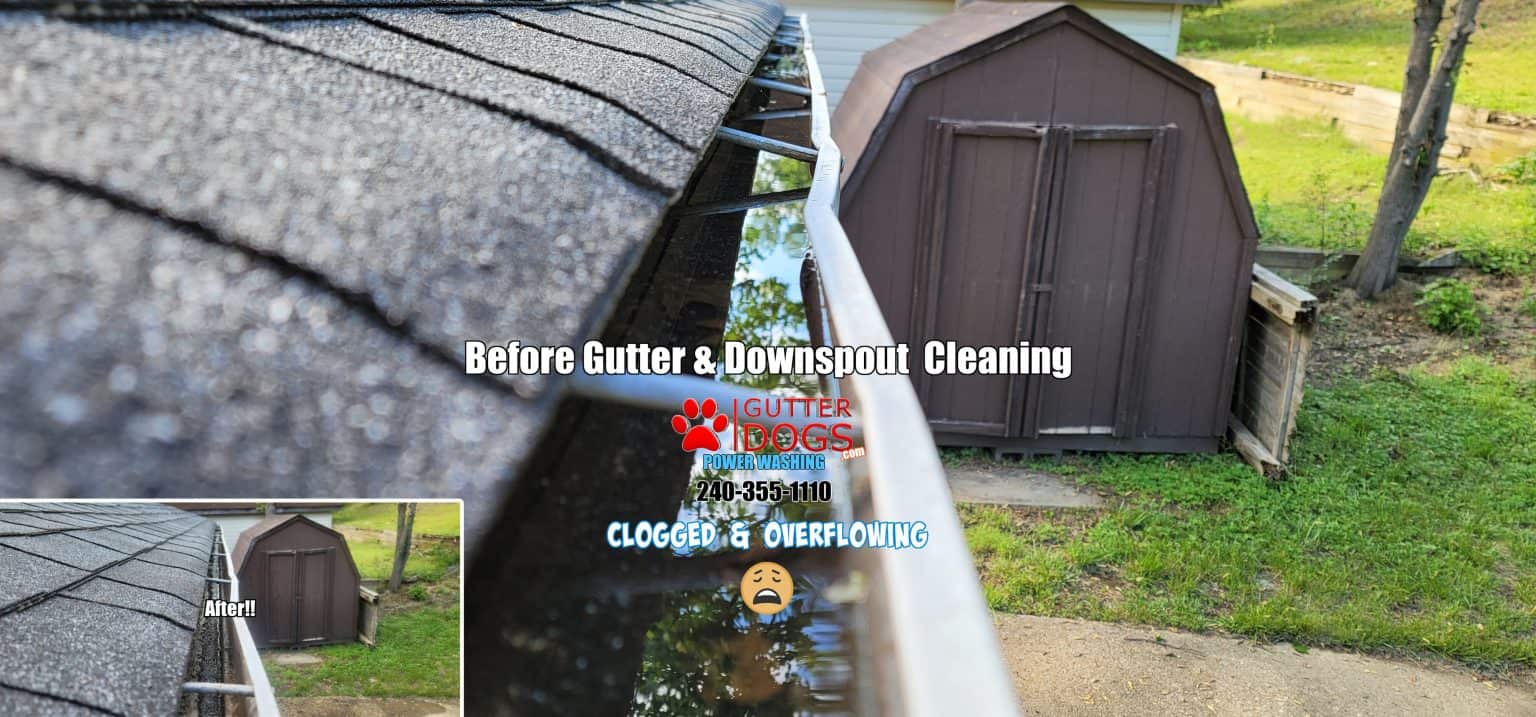Die casting has been a cornerstone in the manufacturing industry for decades, providing a reliable and cost-effective method for producing complex metal parts. However, as technology advances and industries evolve, the future of die casting services is set to break free from traditional molds and embrace innovative approaches. In this article, we will delve into the exciting possibilities that lie beyond molds, exploring the transformative trends shaping the future of die casting.
**1. Precision through Digital Twins
One of the most promising developments in die casting is the integration of digital twin technology. Digital twins are virtual replicas of physical objects or systems, created through advanced modeling and simulation. In the context of die casting, digital twins enable manufacturers to visualize and optimize the entire production process before a single physical mold is created.
This innovation not only enhances precision but also significantly reduces lead times and minimizes errors. Manufacturers can identify potential issues and optimize designs in the digital realm, ensuring a die casting parts and efficient production process. Digital twins pave the way for a future where die casting services are not bound by the limitations of physical prototypes, opening up new possibilities for innovation and quality improvement.
2. Sustainable Die Casting Practices
In an era where sustainability is at the forefront of industry concerns, die casting services are undergoing a paradigm shift towards more eco-friendly practices. Traditional die casting processes often involve substantial material waste and energy consumption. However, the future of die casting is expected to prioritize sustainability through the adoption of recyclable materials and energy-efficient technologies.
The development of advanced alloys with enhanced recyclability is a notable trend. Manufacturers are exploring alloys that maintain high performance while being easily recyclable, reducing the environmental impact of die casting processes. Additionally, the integration of renewable energy sources into die casting facilities is becoming more prevalent, aligning the industry with global sustainability goals.
3. Smart Die Casting Facilities
The future of die casting services lies in smart manufacturing, where interconnected systems and data-driven insights play a pivotal role. Smart die casting facilities leverage the Internet of Things (IoT) to create a network of sensors and devices that communicate and share information in real-time. This connectivity enhances monitoring, maintenance, and overall efficiency in the die casting process.
Real-time data analytics enable manufacturers to make informed decisions, optimize production parameters, and predict maintenance needs, ultimately reducing downtime. This shift towards smart manufacturing not only improves the reliability of die casting services but also sets the stage for the integration of artificial intelligence (AI) and machine learning (ML) algorithms to further enhance process optimization.
4. Customization and Small-Batch Production
Traditional die casting methods are often associated with mass production due to the high upfront costs of creating molds. However, the future of die casting services is embracing customization and small-batch production with the help of advanced technologies such as 3D printing.
Additive manufacturing techniques, including 3D printing, allow for the creation of intricate and customized molds without the need for expensive tooling. This flexibility enables manufacturers to cater to niche markets, produce prototypes rapidly, and respond swiftly to changing consumer demands. As a result, die casting services are evolving from a primarily mass production-oriented model to one that accommodates a more diverse range of production needs.
5. Enhanced Material Capabilities
Advancements in metallurgy and material science are broadening the horizons of die casting capabilities. The future will witness the use of advanced materials that offer superior strength, durability, and heat resistance. These materials will enable the production of components for increasingly demanding applications, such as those in the aerospace and automotive industries.
Moreover, the integration of nanotechnology into die casting processes holds the potential to further enhance material properties. Nanomaterials can improve the mechanical and thermal characteristics of die-cast components, opening up new possibilities for innovation in various industrial sectors.
Conclusion: A Dynamic Future Unfolding
The future of die casting services is marked by a dynamic and transformative landscape. From the precision offered by digital twins to the sustainability focus and smart manufacturing practices, the die casting industry is evolving to meet the demands of a rapidly changing world. As customization, sustainability, and technological advancements continue to shape the landscape, die casting is set to go beyond molds, unlocking new possibilities and revolutionizing the way metal parts are manufactured. Manufacturers who embrace these trends will undoubtedly position themselves at the forefront of innovation in the die casting sector, ushering in a new era of efficiency, sustainability, and flexibility.




